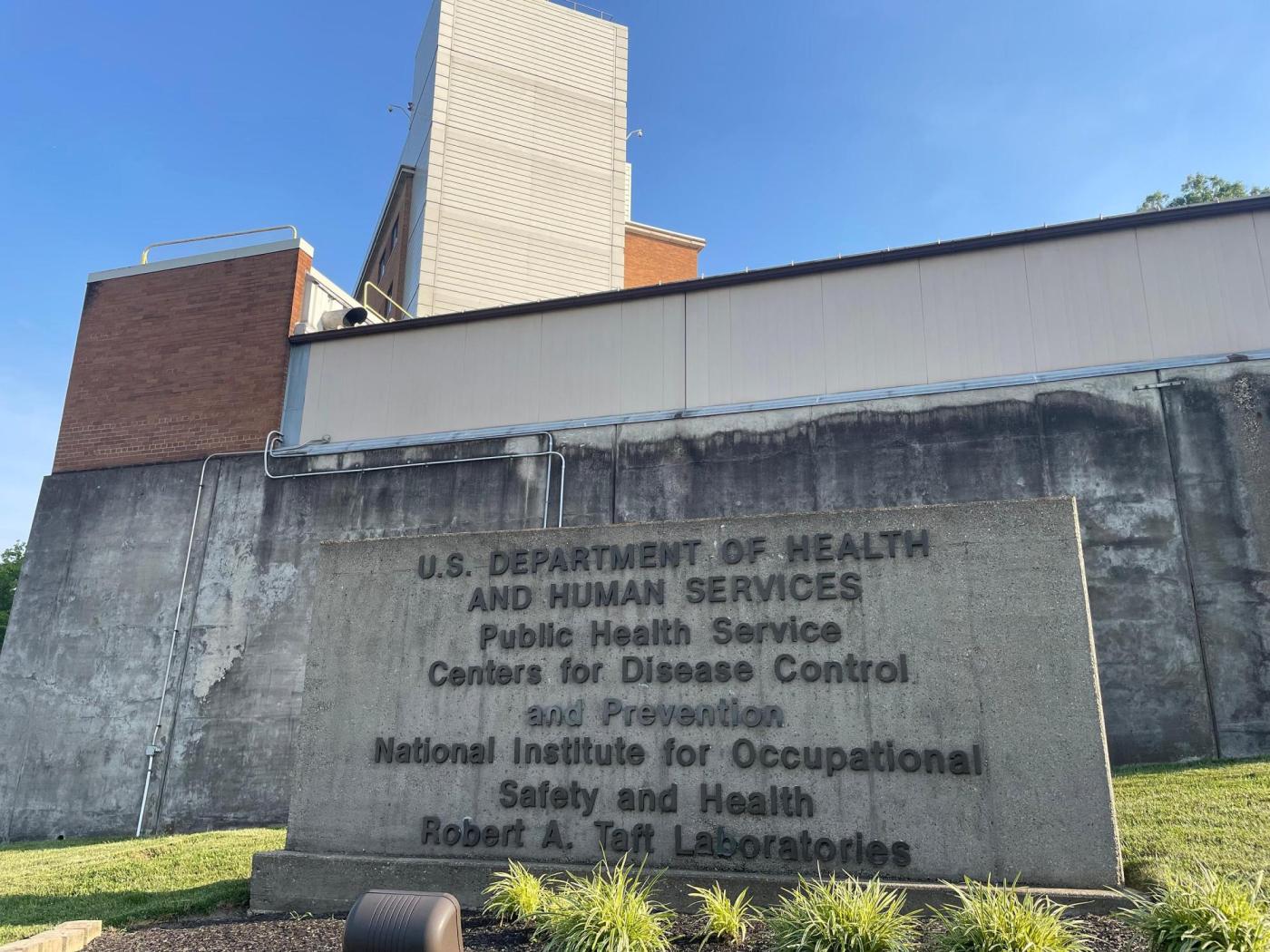A new, tiny pacemaker — smaller than a grain of rice — developed at Northwestern University could play a sizable role in the future of medicine, according to the engineers who developed it.
Researchers unveiled the device, which they say is the smallest pacemaker in the world, in a study published Wednesday in the peer-reviewed journal Nature.
Related Articles
Schools relying on digital surveillance find security still takes a human touch
Tech risks pile up as ‘treacherous’ antitrust looms over stocks
Covid-level fear grips Silicon Valley after tariff turmoil delays IPOs
Big San Jose industrial complex where hundreds could work pushes ahead
Silicon Valley AI startup founder sentenced for securities fraud
Though the device is still years away from being used in humans, it could eventually be useful for infants with congenital heart defects and also for adults, the researchers say.
“I think it’s really exciting technology that will change how electrical stimulation is done,” said Igor Efimov, a Northwestern experimental cardiologist who co-led the study.
The device can be inserted with a catheter or syringe. After it is placed in or on the heart, it’s paired with another small, patch-like device worn on the patient’s chest. When the device on the chest detects irregular heartbeats it emits pulses of light into the chest that activate the pacemaker, delivering electrical stimulation to the heart.
The device is designed for patients who need a pacemaker only temporarily. It dissolves into the patient’s body once it’s no longer needed.
Engineers were initially inspired to create the device for infants with congenital heart defects. About 40,000 babies in the U.S. are born with heart defects each year, and about a fourth of those “generally need surgery or other procedures in their first year of life,” according to the Centers for Disease Control and Prevention. After surgery, the infants typically need a pacemaker for about a week while their hearts heal.
Northwestern engineers unveiled what they say is the smallest pacemaker in the world. Though the device is still years away from being used in humans, it could eventually be useful for infants with congenital heart defects, as well as adults, the researchers say. The pacemaker can be inserted with a catheter or syringe. (John A. Rogers/Northwestern University/TNS)
Some adults also need temporary pacemakers, such as after an aortic valve replacement or bypass surgery, Efimov said.
In such cases, surgeons now must often sew a wire onto the heart that’s attached to an external box that delivers a current to control the heart’s rhythm. When the pacemaker is no longer needed, surgeons must remove the wire from the heart, which can introduce complications such as bleeding, damage to the heart muscle and infection.
Such a complication contributed to the death of astronaut Neil Armstrong in 2012, when he started bleeding internally as wires of a temporary pacemaker were being removed, the New York Times reported.
“Even though it’s exceedingly rare, it could be lethal,” Efimov said of complications of removing traditional, temporary pacemakers. “We wanted to create a pacemaker which would be, first of all, much, much smaller compared to what it is now, fully implantable so there’s nothing external, so there’s no risk of infections, but more importantly, it’s transient. It serves a purpose for whatever number of days or weeks it’s required, and after that it will dissolve.”
The paper published Wednesday showed how researchers have used the small, implantable device so far in mice, rats, a dog and in hearts from deceased humans and pigs.
Eventually, the team hopes to get approval from the U.S. Food and Drug Administration to begin clinical trials in humans. Efimov and Northwestern bioelectrics expert John Rogers, who co-authored the study and led development of the device, co-founded a company at Northwestern called NuSera Biosystems that will work to further develop the device and eventually bring it to market.
Dr. Gaurav Upadhyay, an electrophysiologist and associate professor of medicine at the University of Chicago, called the study “exciting.” Upadhyay was not involved in the device’s development or the study.
The new pacemaker is “impressively smaller than anything else we have available,” Upadhyay said. “If this can be confirmed in clinical trials, I think that there are incredible applications for short-term pacing requirements, which will have the potential to be used in a variety of clinical settings.”





